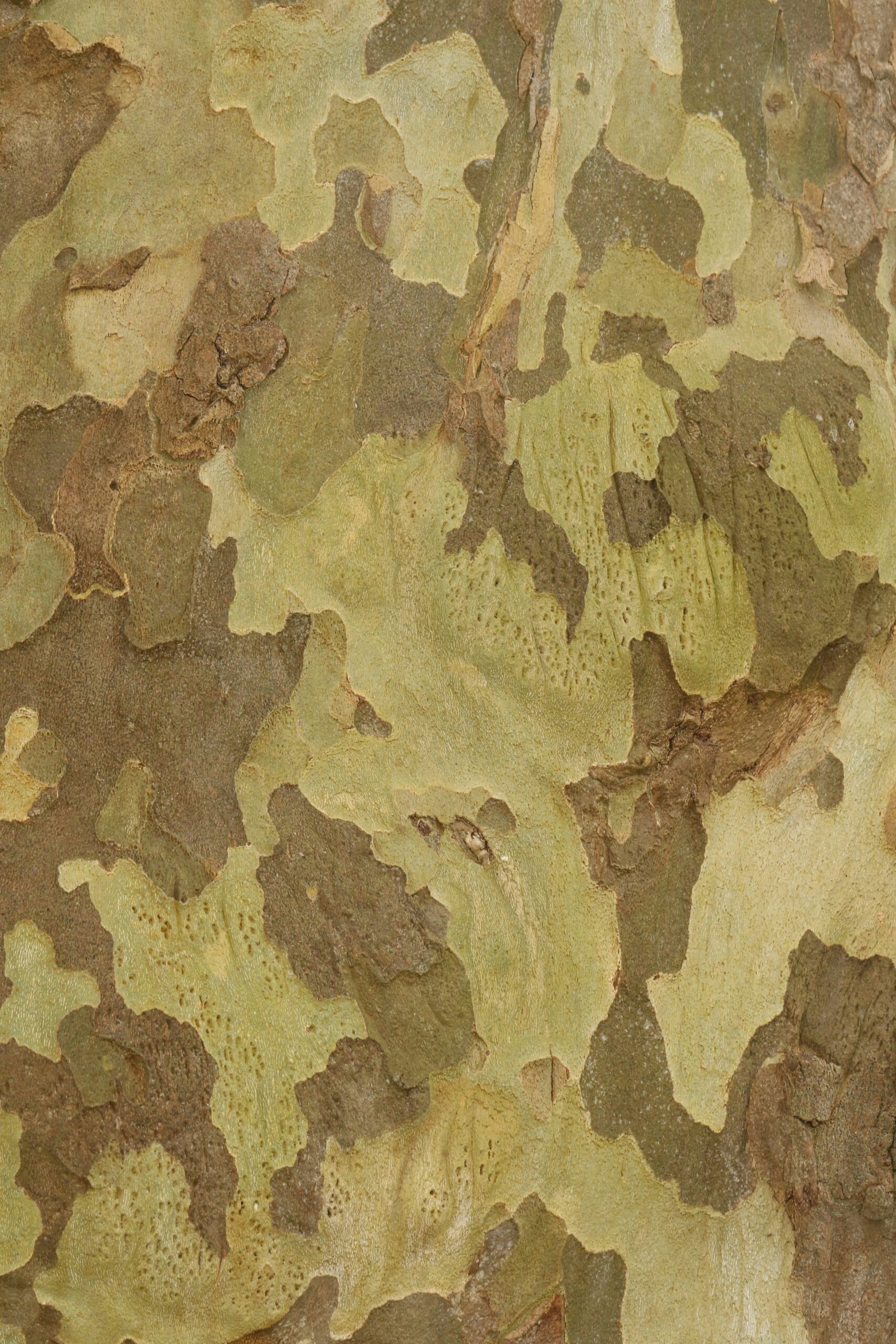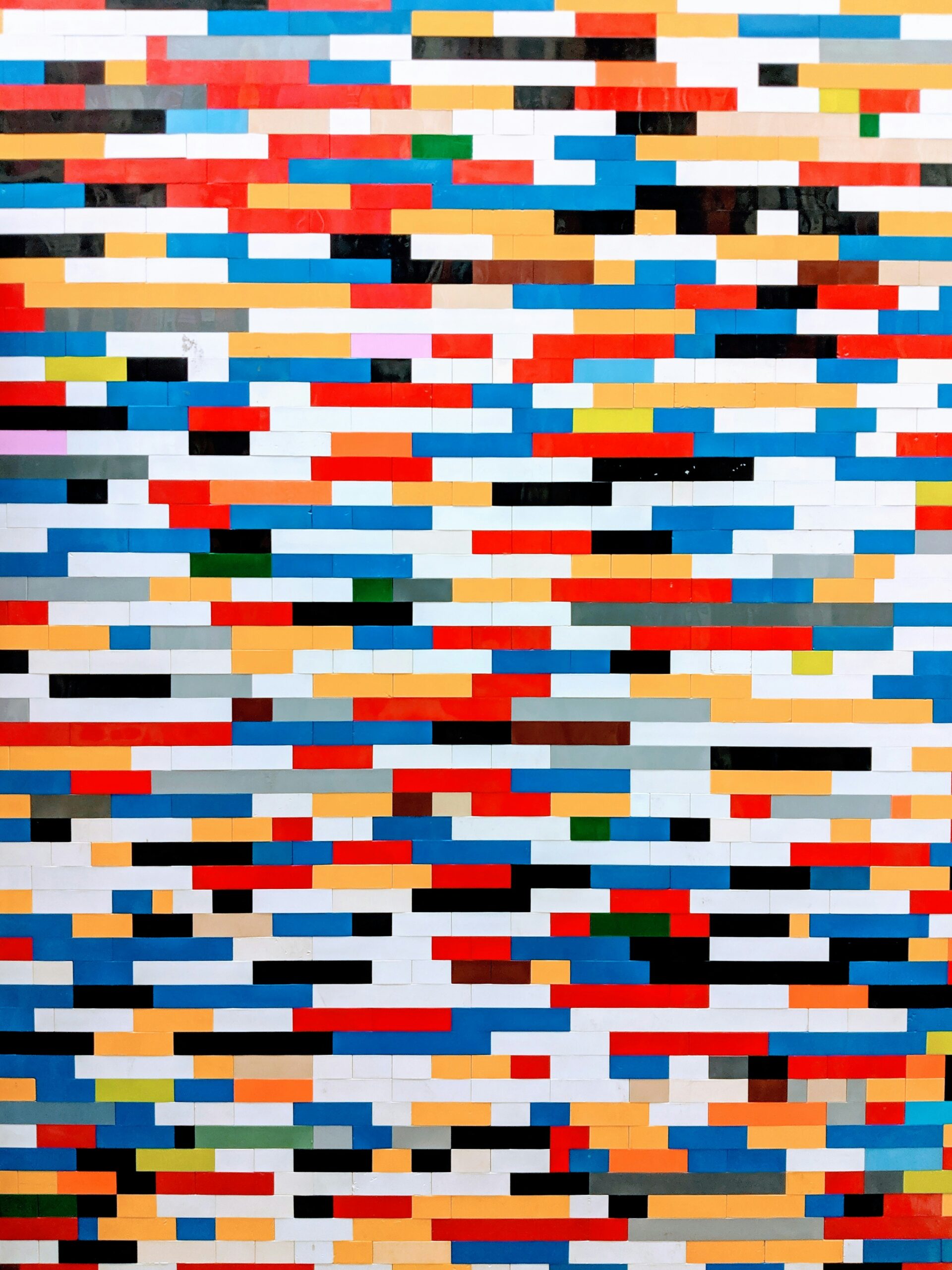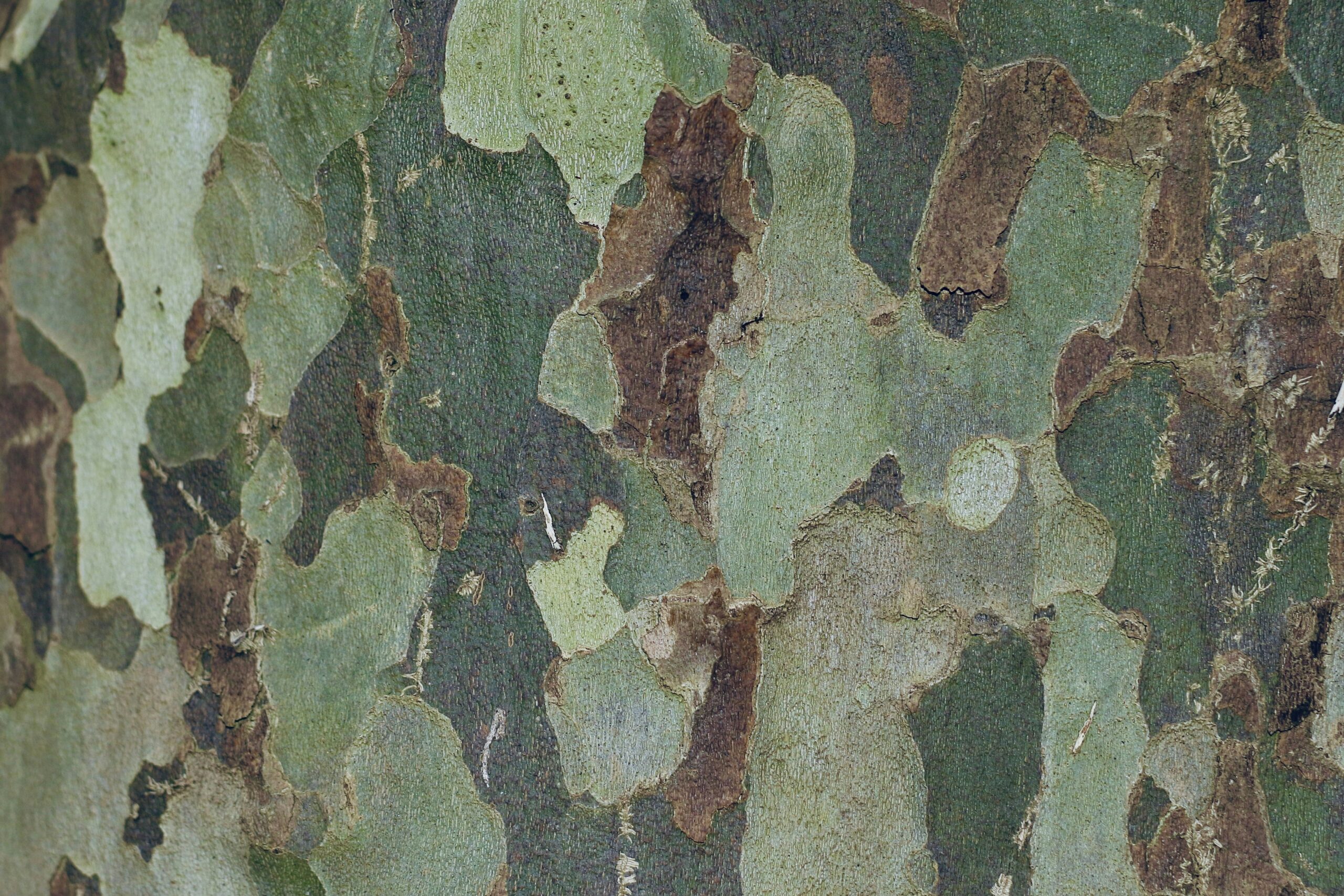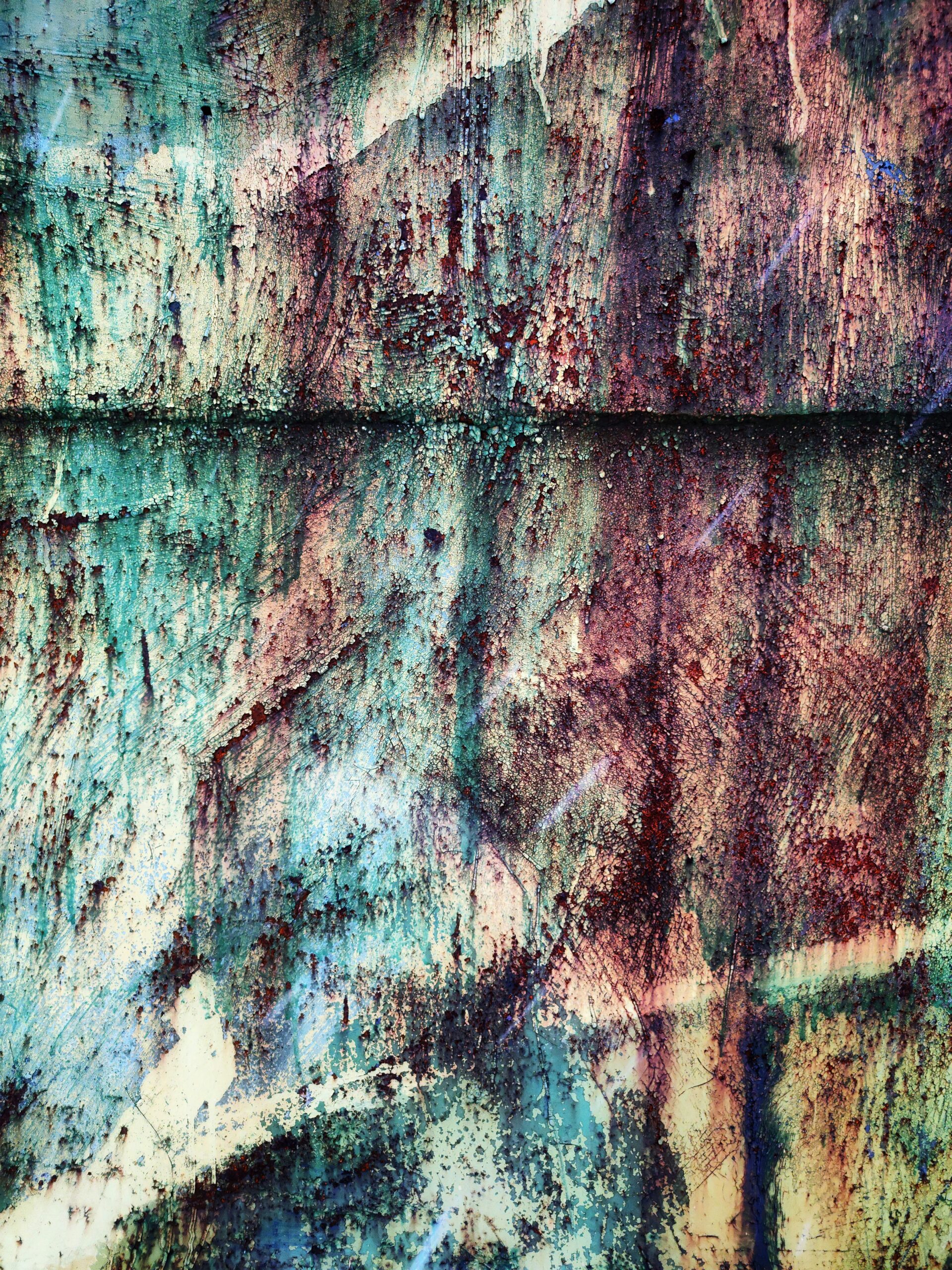Have you ever wondered if certain materials have better camouflage properties than others? Whether you’re a nature enthusiast or simply curious about the science behind camouflage, this article will explore the fascinating world of materials and their ability to blend seamlessly with the environment. From the intricate patterns of animal skins to the development of advanced camouflage fabrics, we’ll delve into the factors that determine the effectiveness of camouflage. Get ready to uncover the secrets of nature’s invisible warriors and learn how materials play a crucial role in blending in with surroundings.
Concept of Camouflage
Camouflage is the art of blending in with the environment to become indistinguishable from one’s surroundings. It is a strategy employed by various organisms, including animals and humans, to enhance their chances of survival. The concept of camouflage has a long and fascinating history, evolving alongside the changing needs and circumstances of living beings.
Origins and evolution of camouflage
The origins of camouflage can be traced back to ancient times when early humans used natural materials such as leaves, mud, and animal skins to blend in with their surroundings during hunting expeditions. As civilizations developed, the understanding and application of camouflage grew more sophisticated.
In the animal kingdom, camouflage has evolved over millions of years as a means of defense against predators or as a tool for ambush hunting. Natural selection has favored individuals with traits that allow them to blend seamlessly into their environment, increasing their chances of survival.
Considering context: environment and viewers
Camouflage effectiveness is influenced by two key factors: the environment and the viewers. The environment refers to the surroundings in which an organism needs to be concealed, such as a forest, grassland, or ocean. The viewers can be predators, prey, or even humans. Camouflage techniques need to take into account the specific characteristics of the environment and the visual capabilities of the viewers.
For example, in a forest setting, animals may utilize disruptive patterns, such as stripes or spots, to break up their body shape and blend in with the dappled light and shadows. In contrast, animals in open grasslands may have a more uniform coloration that matches the dominant hues of the landscape. Understanding the context in which camouflage will be employed is crucial for achieving optimal concealment.
General principles and techniques of camouflage
Camouflage techniques can be broadly categorized into two main principles: mimicry and disruptive patterns. Mimicry involves resembling another object or organism in the environment to deceive predators or prey. Disruptive patterns, on the other hand, aim to break up an organism’s outline and make it harder to detect.
In addition to these principles, animals and humans may also use various techniques to enhance their camouflage. Changing colors, as seen in chameleons and cuttlefish, allows for adaptation to different backgrounds. Self-decoration in birds and insects involves incorporating materials or objects from their environment into their bodies, further enhancing their camouflage effectiveness.
Natural Camouflage: Strategies from the Animal Kingdom
Animals have evolved remarkable strategies for camouflage, each tailored to their specific habitats and survival needs.
Mimicry and disruptive patterns
Mimicry is a common strategy employed by animals to imitate another organism or object in their environment. For example, certain insects may resemble twigs or leaves, enabling them to go unnoticed by predators. Disruptive patterns, on the other hand, involve markings or coloration that break up an animal’s outline, making it harder to spot amidst its surroundings.
Changing colors: chameleons and cuttlefish
Chameleons and cuttlefish are famous for their ability to change colors to match their background. This process, called physiological color change, involves specialized cells called chromatophores that expand or contract to reveal different pigmentations. By altering their colors, these creatures can blend in seamlessly with their environment, providing them with a remarkable means of camouflage.
Self-decoration in birds and insects
Certain birds and insects take camouflage to another level by incorporating materials from their surroundings into their bodies. For instance, the Bowerbird creates elaborate structures and decorates them with objects found in its habitat to attract mates and blend into the environment. Insects like leafhoppers may carry plant debris on their bodies, further enhancing their concealment.

Human Use of Camouflage
Humans have employed camouflage for various purposes throughout history, from disguising themselves in warfare to enhancing their chances of success in hunting.
Historic uses
The use of camouflage by humans dates back centuries, with examples found in ancient civilizations such as Rome and China. During warfare, soldiers would often use natural materials like leaves, branches, and mud to conceal themselves and avoid detection.
Camouflage in warfare
In modern warfare, camouflage plays a critical role in protecting military personnel and equipment from enemy detection. Camouflage patterns are designed to match the environment in which soldiers are operating, whether it’s dense forests or arid desert landscapes. Various camouflage techniques, such as using disruptive patterns or utilizing technology to manipulate light, have been developed to maximize concealment and increase survival rates.
Camouflage in hunting
Camouflage is also widely used in hunting to help hunters blend in with their surroundings and avoid detection by game animals. Specialized camouflage clothing and accessories, such as ghillie suits, have been developed to mimic natural elements and improve the hunter’s chances of success. By blending with the environment, hunters can get closer to their quarry without alerting them to their presence.
Factors Influencing Camouflage Effectiveness
Several factors contribute to the overall effectiveness of camouflage techniques and ensure successful concealment.
Color matching
Color matching is crucial for camouflage success. By choosing colors that closely resemble the surrounding environment, an organism can become almost invisible to observers. For example, animals living in Arctic regions often have white fur or feathers to match the snowy landscape, while those in tropical rainforests sport vibrant greens and browns that blend with the foliage.
Pattern distortion
Breaking up an organism’s outline using disruptive patterns helps conceal it from predators or prey. Disruptive patterns can include stripes, spots, or mottled coloration that make it harder for an observer to identify the true shape or form of the organism.
Consideration of movement
Camouflage must also account for an organism’s movement within its environment. Mimicking the movement patterns of other objects in the surroundings or remaining still when necessary aids in avoiding detection. Organisms that can adjust their movements to match the flow of the environment are more likely to evade predators successfully.
Silhouette breaking
Silhouette breaking involves altering an organism’s shape or form to prevent distinct outlines from revealing its presence. This can be achieved through body positioning, posture, or adaptive body structures. By avoiding a recognizable silhouette, an organism confuses potential predators or prey.

Material used in Camouflage
The choice of material plays a significant role in the effectiveness of camouflage. Different fabrics and textures offer distinct advantages in terms of blending with the environment.
The role of fabric and texture
Camouflage materials need to provide both visual and tactile camouflage properties. Fabrics that mimic various textures found in nature, such as tree bark or rocks, help break up an organism’s outline and increase its concealment. The choice of fabric should also take into account factors like breathability, comfort, and durability.
Reflective properties
Reflective properties of camouflage materials can influence the effectiveness of concealment. Ideally, materials should minimize light reflection to avoid attracting unnecessary attention. Matt or non-reflective surfaces are preferred over shiny or glossy ones, especially in scenarios where light conditions are not predominantly bright or direct.
Ghillie suits: blending with the natural environment
Ghillie suits are a specialized type of camouflage clothing that mimic the appearance of dense vegetation. These suits often consist of loose garments covered in strips of fabric or netting to which natural materials like twigs, leaves, or grass are attached. When worn, ghillie suits transform the human silhouette into a shape that closely resembles the natural surroundings, providing excellent concealment in a variety of environments.
Influence of Material Quality on Camouflage
The quality of camouflage materials can greatly impact its effectiveness and longevity.
Durability and wear
Camouflage materials should be durable enough to withstand rugged conditions typically encountered in outdoor environments. They should be resistant to tearing, fading, or fraying, ensuring that the camouflage remains effective over extended periods of use. High-quality materials can withstand repetitive use without compromising their effectiveness.
Resistance to environmental factors
Camouflage materials should be resistant to environmental factors such as moisture, UV radiation, or temperature extremes. Exposure to these elements can degrade the material over time, reducing its camouflage properties. Therefore, materials with built-in protection against these factors are preferred to maintain long-term effectiveness.
Quality vs. effectiveness
While high-quality materials often offer better durability and resistance to environmental factors, their effectiveness ultimately depends on how well they blend with the environment. Materials that closely match the visual and tactile properties of the surroundings are more likely to provide effective camouflage, regardless of their quality. Striking the right balance between material quality and effectiveness is crucial for achieving optimal camouflage results.

Technological Advances in Camouflage Materials
Advancements in technology have revolutionized camouflage materials, introducing innovative ways to enhance concealment.
Invisibility cloaks: manipulating light
Invisibility cloaks, once confined to the realm of science fiction, have become a reality with the development of metamaterials. These materials can manipulate light waves, bending them around an object to render it invisible or greatly reduce its visibility. Invisibility cloaks have the potential to revolutionize military tactics by enabling soldiers and equipment to become virtually undetectable.
Photochromic materials: adapting to changes in light
Photochromic materials are capable of changing color or transparency in response to variations in light conditions. These materials can adjust their optical properties to blend seamlessly with different lighting environments. Photochromic camouflage has exciting applications in military, hunting, and outdoor activities, as it allows organisms to adapt quickly to changing light conditions and remain concealed.
Thermochromic materials: heat-sensitive camouflage
Thermochromic materials undergo color changes in response to temperature variations. By using heat-sensitive pigments, these materials can adapt their coloration to match the ambient temperature. Thermochromic camouflage has potential applications in various fields, including military and surveillance, as it allows for dynamic concealment by responding to the target’s thermal signature.
Camouflage in the digital age
Advances in digital technology have given rise to digital camouflage patterns, which utilize computer-generated designs to mimic the complex patterns found in nature. Digital camouflage patterns offer enhanced concealment by incorporating multiple colors, intricate details, and various shapes into a single pattern. Digital camouflage has found widespread use in military uniforms, equipment, and even civilian applications.
Camouflage in Architecture and Urban Planning
Camouflage principles are not limited to the natural world alone; they are also relevant in architecture and urban planning.
Camouflaging buildings: from war bunkers to modern houses
During times of conflict, camouflaging buildings has been employed as a defensive strategy to deceive enemy forces. In World War I and II, buildings were often camouflaged using netting, paint, and additional structures to blend them with the surrounding landscape. In modern times, camouflage techniques are also used to enhance the aesthetics of buildings and blend them harmoniously with their urban environment.
Incorporating the surroundings into the design
Architects and urban planners often design buildings and infrastructure that take inspiration from the natural surroundings. By incorporating elements such as green spaces, local materials, and harmonious color schemes, structures can integrate seamlessly into their environment. This approach not only enhances the visual appeal but also promotes sustainability and a sense of unity with nature.
Vertical gardens: the green wall as a camouflaging element
Vertical gardens, also known as green walls, are an innovative architectural feature that uses living plants to cover vertical surfaces of buildings. These green walls not only offer aesthetic appeal but also serve as a means of camouflage. By covering otherwise bland walls with vegetation, buildings can blend harmoniously with the surrounding landscape and contribute to environmental sustainability.

Future Prospects of Camouflage Technology
Camouflage technology continues to evolve rapidly, driven by ongoing research and advancements in the field.
Ongoing research and developments
Scientists and engineers are constantly exploring new strategies and materials to improve camouflage effectiveness. Research is being conducted to mimic the dynamic color-changing abilities of animals like chameleons and cuttlefish. Additionally, advancements in nanotechnology and material science are paving the way for the development of highly efficient and adaptable camouflage materials.
Challenges and potential solutions
One of the major challenges in camouflage technology is achieving adaptability to a wide range of environments and conditions. Researchers are striving to develop materials that can autonomously adjust their color, texture, and reflective properties based on the surrounding context. Nanostructured materials and smart textiles are being explored as potential solutions to this challenge.
Impact on military tactics and hunting techniques
As camouflage technology continues to advance, its impact on military tactics and hunting techniques is poised to be significant. Improved camouflage materials, along with advancements in technologies like invisibility cloaks, have the potential to give soldiers and hunters a significant advantage by rendering them almost invisible to enemies or prey. This could change the dynamics of warfare and hunting strategies on a global scale.
Evaluating Camouflage Effectiveness
Evaluating the effectiveness of camouflage techniques is crucial for optimizing their application and future research.
Measurement methods
Various methods exist for measuring camouflage effectiveness, ranging from subjective human assessments to objective measurements using specialized equipment. These methods assess factors such as how well an organism blends into its environment, how recognizable its silhouette is, and the duration it takes for an observer to detect it. Combining subjective and objective measurements allows for a comprehensive evaluation of camouflage effectiveness.
Role of human perception in determining camouflage effectiveness
Human perception plays a crucial role in determining camouflage effectiveness, as it is humans who ultimately determine whether an organism is successfully concealed or not. Factors such as visual acuity, attention to detail, and environmental familiarity can influence how well an organism’s camouflage is perceived. Understanding human perception can help refine camouflage techniques to better exploit visual limitations and enhance concealment.
Limitations and future research needs
While significant progress has been made in the field of camouflage, several limitations still exist. Many camouflage techniques are optimized for specific environments, making them less effective in diverse or rapidly changing surroundings. Additionally, knowledge gaps remain in understanding how different viewers perceive camouflage and how animals adapt their camouflage strategies. Future research should focus on addressing these limitations and expanding our understanding of camouflage effectiveness in various contexts.
In conclusion, camouflage is a multifaceted concept that has evolved and been refined over millions of years. From the animal kingdom to human applications, camouflage plays a crucial role in survival, defense, and aesthetics. By understanding the principles, techniques, and materials of camouflage, we can continue to unlock its potential and explore innovative ways to blend seamlessly with our surroundings.


